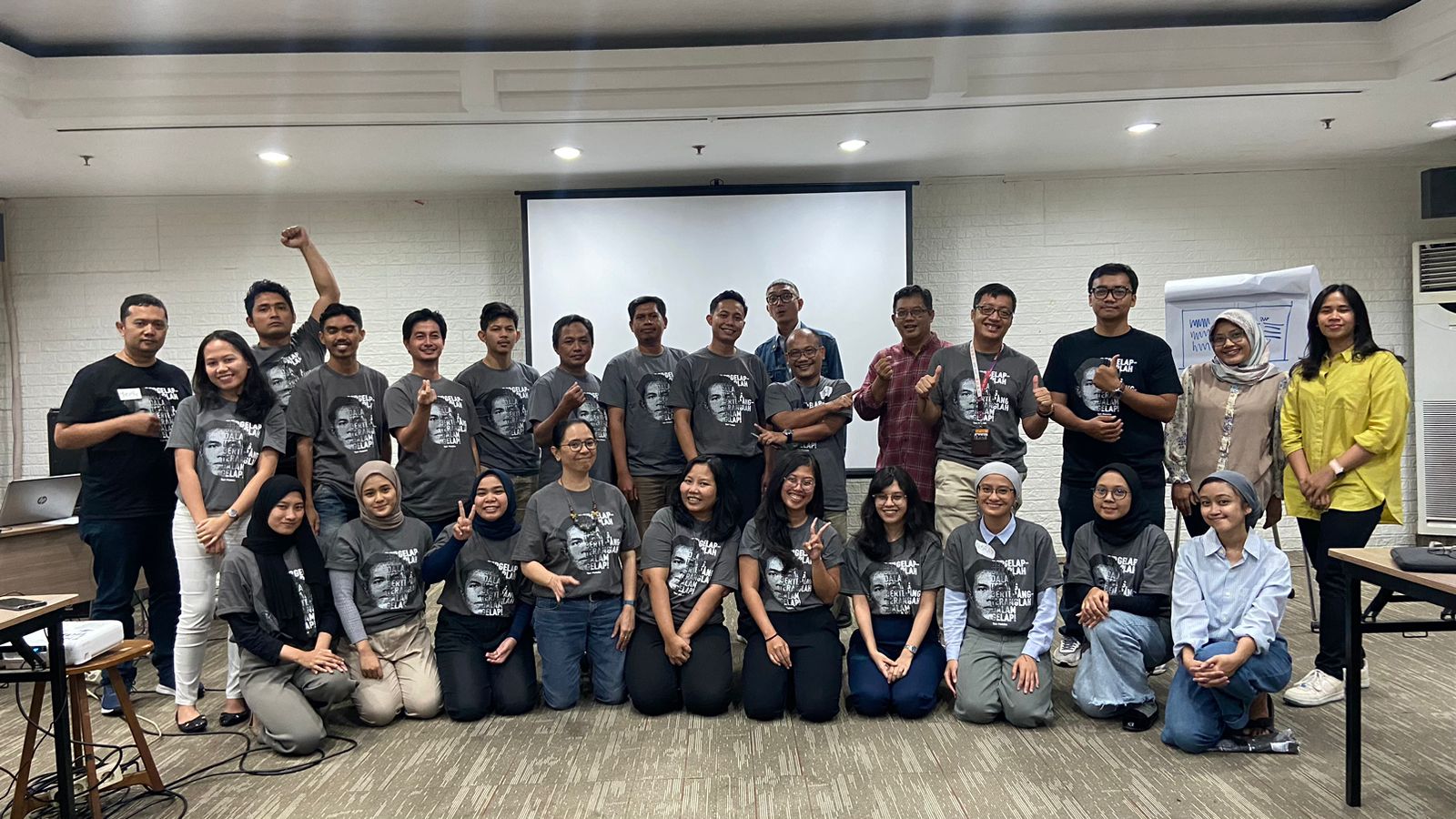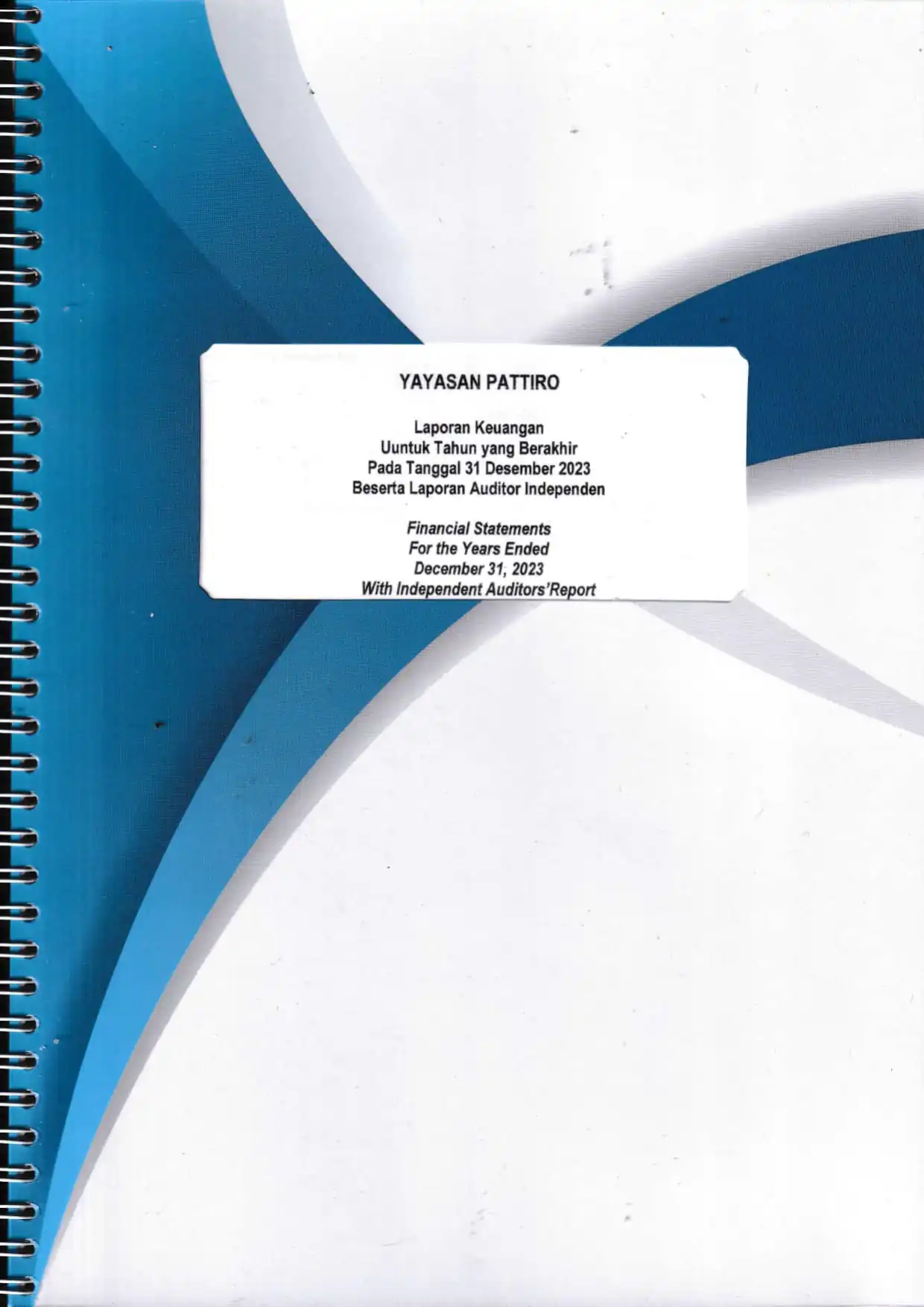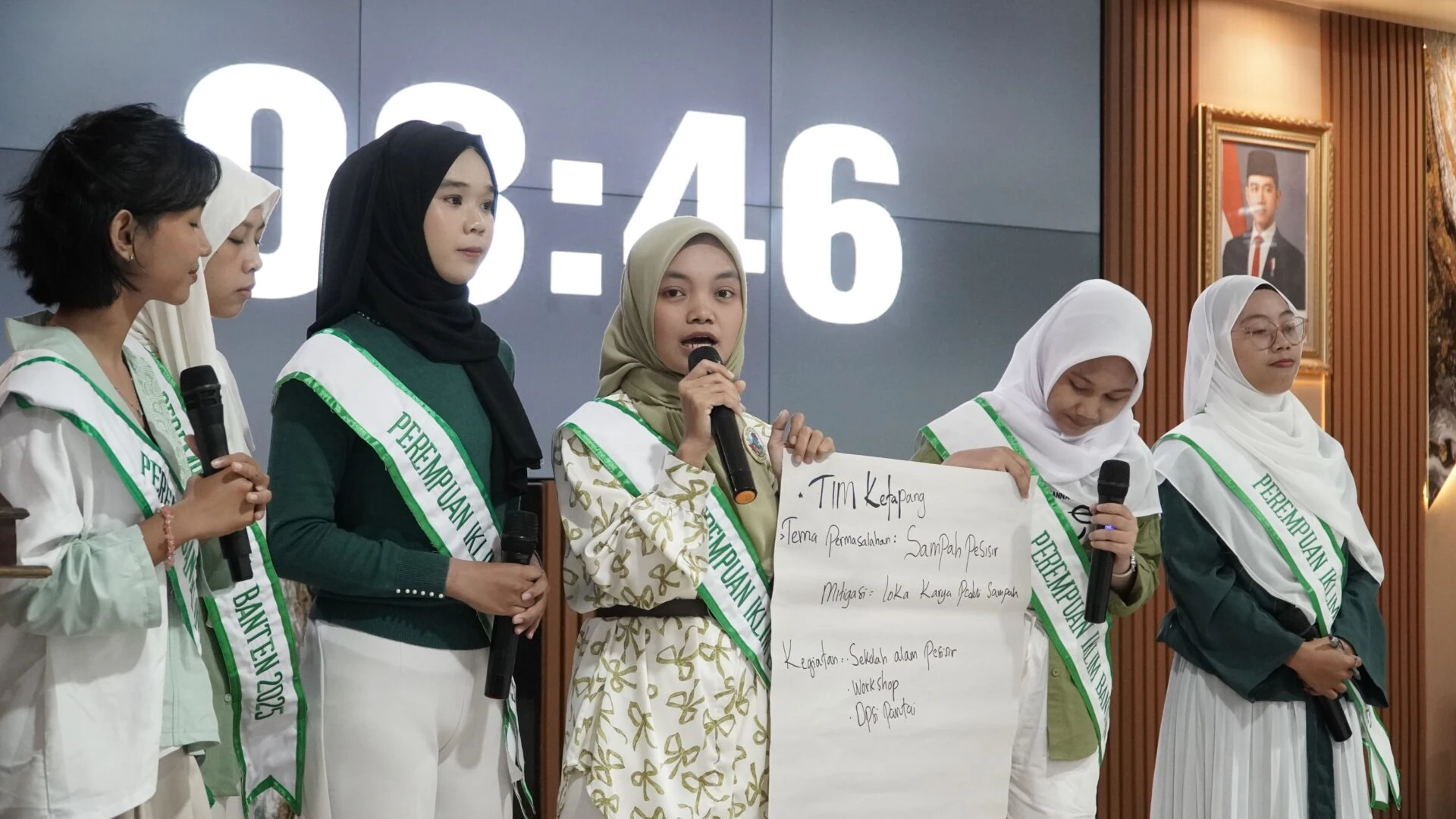
When it comes to presenting research results for policy advocacy, detailed research narratives are often ineffective. Generally, targeted stakeholders for policy advocacy do not have sufficient times to reading and understanding the research. Thus, civil society organizations need an instrument to present research concisely. One of the tool is policy brief.
The writing of policy briefs must synthesize the content of the writing with attractive data visualizations. It aims to help government decision-makers comprehend the content that needs to be conveyed. This statement emerged at the training on writing policy briefs organized by the International Development Research Centre (IDRC) in collaboration with the Tempo Institute on 28-30 March 2023 at Tamarin Hotel, Jakarta. This workshop was attended by Think Climate Indonesia partners PATTIRO, Kemitraan, Kota Kita, Kaleka, and WRI Indonesia.
Muhammad Taufiq, Deputy for Policy Development of State Civil Apparatus Competencies at the State Administration Agency, in his presentation said that policy briefs are a medium to build dialog in policy advocacy to the government. He also added that policy briefs should be interesting, relevant, practical, and easy to understand. The policy brief as an advocacy tool needs to provide recommendations on problems that prevail at the grassroots as a consideration for policy makers.
In response, facilitator from Tempo Institute, Yosep Suprayogi, added that in presenting data to the public, packaging data through visualization is important because currently the public is in a swift flow of information. According to him, humans are visual beings who have 70 percent of sensory receptors in the eyes. Visuals increase the interest in reading up to 80 percent so that messages are easier to understand. He also shared Tempo’s experience in telling data, which is by bringing data closer to the reader’s daily life or local knowledge, comparing data, and making interesting visualizations.
Besides visuals, titles and opening paragraphs are also important in drafting policy briefs. Executive Editor of Koran Tempo, Yandhrie Arvian, explained that the title is the opening element to attract the reader’s attention. Therefore, the title must reflect the content of the policy brief. The opening paragraph must go hand in hand with the title to captivate the reader. This section needs to summarize the answers to the questions who, what, when, where, and why. If possible, it also contains answers to how.
The workshop also strengthened the participants’ ability to write cohesive and effective paragraphs. Yandhrie pointed out that a good paragraph consists of a main idea. It has supporting sentences to present a clear point of view. A paragraph should have 4 to 7 sentences or about 50-80 words.
In writing paragraphs, policy brief writers need to master effective sentences so that the narrative can be straightforward and compact. The facilitator from Tempo Institute, Uu Suhardi, stated that effective sentences have five basic principles, which are brevity, conciseness, clarity, completeness, and accuracy. He also added that in writing effective tenses, writers need to master the rules of Indonesian language that are well and correct so that the paragraphs written are easy to read.




